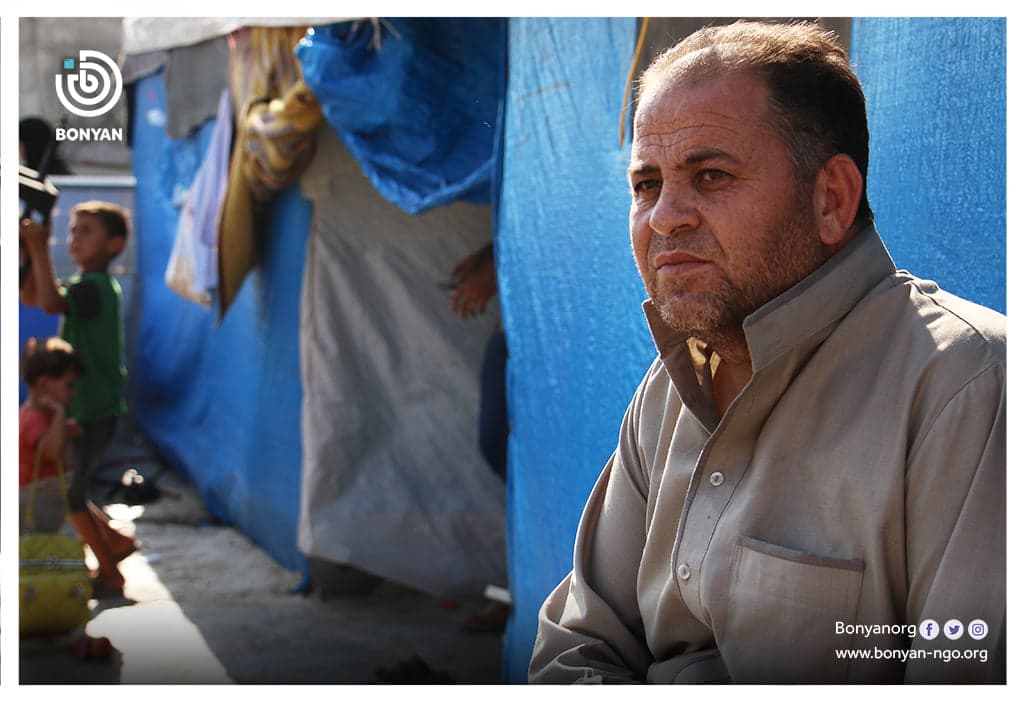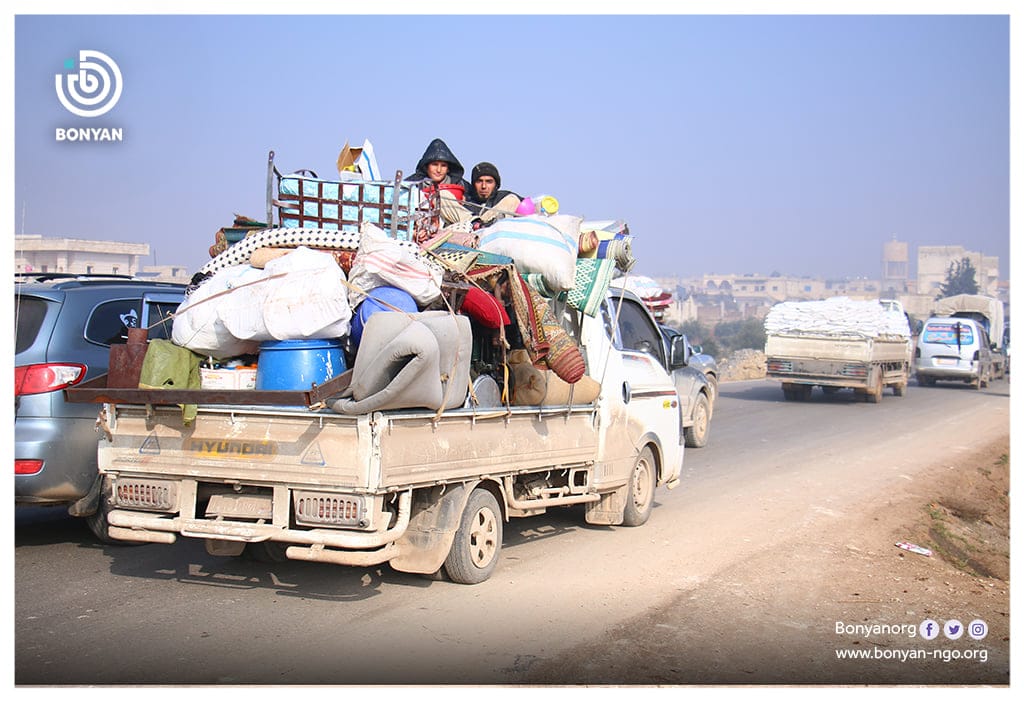When it comes to seeking a better life, many people leave their home countries for different reasons. Whether they’re seeking asylum or refuge, they could be fleeing wars, diseases, crises, or disasters – or simply looking for more access to education and job opportunities.
However, not everyone who leaves their country is considered a refugee or an asylee. So what’s the difference between these two groups?
Why Do People Leave Their Countries?
In order to understand the differences between refugees and those seeking asylum, let’s first look at why people leave their countries in the first place.
Many individuals around the world are facing persecution due to their race, religion, nationality, membership in a particular social group, or political opinion.
This often leads them to seek safety from another nation-state by crossing international borders.

What Exactly Are a Refugee and an Asylee?
The term “refugee” is used to describe someone who has left their home country due to war, violent conflict, or political oppression.
They usually arrive in their destination country with little more than what they’re wearing – leaving behind family members, possessions, and jobs.
On the other hand, “asylee” describes someone who has fled persecution or serious human rights violations by leaving their home country in search of safety elsewhere.
It is estimated that around one million people seek asylum every year.
How do Asylum Seekers Arrive?
Asylum seekers can arrive in host countries either legally or illegally. Legally arriving asylees are those who apply for a visa directly from their home country or apply for asylum (within one year) once they arrive in the host nation-state.
Illegally arriving asylees are those who enter with invalid visas; by boat; on foot (crossing boards); etc., without going through proper immigration procedures upon arrival.

Welcoming Asylum Seekers & Refugees From the Government & Host Community
It is important that governments ensure access to asylum procedures and sponsor individuals so that families can be reunited quickly; provide medical visas; allow study; embrace technology….etc., while also recognizing the importance of providing a welcoming environment free from discrimination within host communities towards refugees and asylees alike.
For example, organizations such as UNHCR (the United Nations High Commissioner for Refugees) have been working hard on behalf of refugees all over the world since 1950 with a special focus on protecting displaced civilians affected by conflicts such as civil wars and natural disasters like earthquakes and floods – helping them find safe passage and providing them with basic needs such as food, water, and shelter until they can rebuild their lives safely where they are welcomed into society regardless of their ethnic background or religious beliefs.
Furthermore, various NGOs such as Amnesty International have been advocating for refugees’ rights across borders since 1961 by bringing attention to human rights abuses faced by refugees worldwide, mobilizing public support, launching online petitions, and coordinating campaigns aimed at governments pushing for change.
Read More:
FAQ
What is the Concept of Asylum?
Asylum, in international law, is the protection granted by a state to a foreign citizen against his state.
What is an Example of Asylum?
A sick person in a hospital is an example of asylum. A country that accepts a person from another country in danger is an example of a country that gives asylum to that person.
What are the Types of Asylum?
– The affirmative asylum process is for individuals not in removal proceedings.
– The defensive asylum process is for individuals who are in removal proceedings.
What are the Rules for Asylum?
Must prove that they are escaping their homeland because of persecution due to race;
– Religion.
-Nationality.
– Membership in a particular social group.
– Political opinion.



